The trade relationship between China and Mexico has seen significant growth over recent years, making the understanding of import procedures more crucial than ever for businesses. However, the process involves several steps and meticulous planning to ensure compliance with Mexican regulations and to avoid unnecessary delays or costs.For businesses, comprehending the import procedures from China to Mexico is not just about following legal requirements; it’s about optimizing supply chain efficiency, reducing costs, and ensuring timely delivery of goods. This blog aims to provide a detailed guide on the import procedures from China to Mexico, covering everything from preparation to final delivery, and offering tips to ensure a smooth and successful import experience.
FURTHER READING : Shipping From China TO Mexico
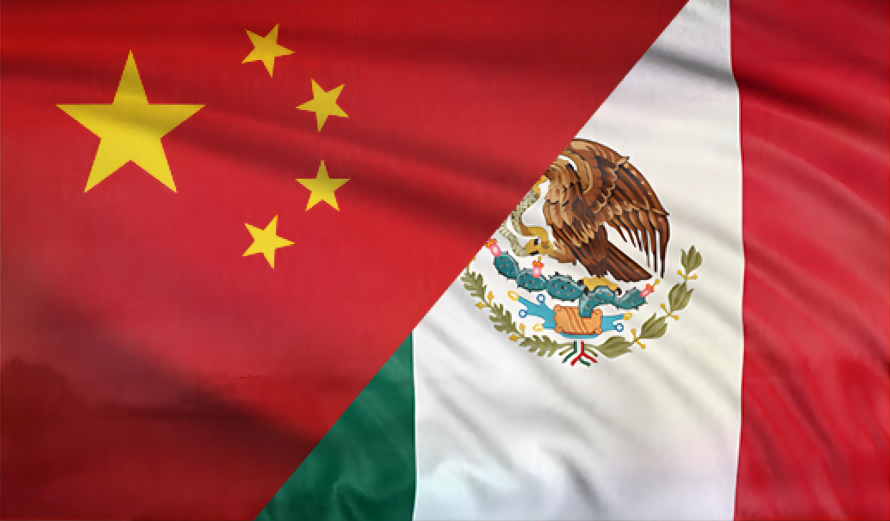
How to Prepare for Importing from China to Mexico
1. Identifying the Best Products to Import from China
The first and perhaps most critical step in importing from China to Mexico is identifying the right products. This involves conducting market research to understand demand trends, pricing, and competition in Mexico. Look for products that have a high demand yet low competition to maximize profitability. Utilize tools like Google Trends, Amazon Best Sellers, and industry reports to gather insights.
2 Finding Reliable Chinese Suppliers for Your Imports
Once you’ve identified the products, the next step is to find reliable suppliers in China. This can be done through various platforms like Alibaba, Global Sources, and Made-in-China. When selecting suppliers, consider factors such as their reputation, quality of products, production capacity, and compliance with international standards.
- Tips for Selecting Trustworthy Suppliers:
- Check supplier credentials and certifications.
- Request product samples.
- Conduct factory audits if possible.
- Read reviews and feedback from other buyers.
3 Understanding Mexican Import Regulations and Requirements
Before placing any orders, it’s essential to understand the import regulations and requirements in Mexico. Familiarize yourself with the Harmonized System (HS) codes for your products, as these codes determine the applicable tariffs and regulations. The key regulatory bodies involved in the import process include the Secretaría de Economía de México (Ministry of Economy) and the Servicio de Administración Tributaria (SAT).
Essential Documentation for Importing Goods to Mexico
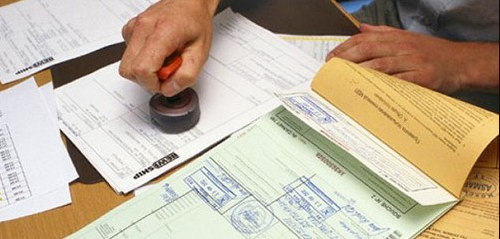
1 How to Prepare a Commercial Invoice for Mexico Imports
The commercial invoice is a crucial document in the import process. It serves as a contract between the buyer and the seller and provides detailed information about the transaction. The commercial invoice must include:
- Description of the goods.
- Quantity and unit price.
- Total value of the shipment.
- Terms of payment and delivery.
- HS codes and country of origin.
Ensure that the invoice is accurate and complies with Mexican customs requirements to avoid delays.
2 Creating a Comprehensive Packing List for Customs
A packing list is another vital document that provides detailed information about the contents of the shipment. It helps customs officials verify the cargo and facilitates the inspection process. The packing list should include:
- Description of the contents of each package.
- Quantity and weight of each item.
- Dimensions and volume of each package.
- Marks and numbers for identification.
Having a well-prepared packing list can expedite the customs clearance process and minimize the risk of discrepancies.
3 Obtaining a Certificate of Origin for Your Shipment
The certificate of origin certifies that the goods being shipped are wholly obtained, produced, manufactured, or processed in a particular country. It is essential for determining the applicable tariffs and meeting trade agreement requirements. To obtain a certificate of origin:
- Contact your local chamber of commerce or trade association.
- Provide necessary documentation (e.g., commercial invoice, packing list).
- Ensure the certificate is signed and stamped by an authorized body.
This document is crucial for benefiting from preferential tariff rates under trade agreements between China and Mexico.
4 Other Necessary Documentation for Importing to Mexico
In addition to the above, other documents may be required depending on the nature of the goods being imported. These may include:
- Bill of Lading: A document issued by the carrier that details the shipment and serves as a receipt of goods.
- Import Licenses and Permits: Required for specific categories of goods such as chemicals, pharmaceuticals, and food products.
- Health and Safety Certifications: Necessary for products that must comply with health and safety standards.
Ensuring that all these documents are accurately prepared and submitted can significantly streamline the import process and help avoid potential issues with customs authorities.
Choosing the Best Shipping Method from China to Mexico
1 Comparing Ocean Freight and Air Freight for Mexico Imports
When importing from China to Mexico, choosing the right mode of transportation is crucial for balancing cost, speed, and reliability. The two primary shipping methods are ocean freight and air freight, each with its own set of advantages and disadvantages.
- Ocean Freight
- Advantages:
- Cost-effective for large volumes and heavy cargo.
- Suitable for non-perishable goods with flexible delivery timelines.
- Less environmental impact compared to air freight.
- Disadvantages:
- Longer transit times (typically 20-35 days depending on the route).
- Higher risk of delays due to port congestion and weather conditions.
- Requires more extensive documentation and handling.
- Advantages:
- Air Freight
- Advantages:
- Fastest shipping method (transit time of 3-7 days).
- Ideal for high-value, perishable, or time-sensitive goods.
- More frequent departures and arrivals.
- Disadvantages:
- Higher cost compared to ocean freight.
- Limited capacity for bulky and heavy items.
- Higher carbon footprint.
- Advantages:
To help you decide, here’s a comparison table:
| Criteria | Ocean Freight | Air Freight |
|---|---|---|
| Cost | Lower (Ideal for large/bulky items) | Higher (Best for small, high-value items) |
| Transit Time | 20-35 days | 3-7 days |
| Reliability | Moderate (subject to port delays) | High (frequent flights, less subject to delays) |
| Environment | Lower carbon footprint | Higher carbon footprint |
| Capacity | High (suitable for large volumes) | Limited (weight and size restrictions) |
How to Select a Reliable Freight Forwarder for Mexico Imports
A freight forwarder plays a pivotal role in managing the transportation of goods and ensuring a seamless import process. Choosing a reliable freight forwarder can significantly impact the efficiency and cost-effectiveness of your import operations.
- Criteria for Choosing a Reliable Freight Forwarder:
- Experience and Expertise: Look for a forwarder with proven experience in handling shipments between China and Mexico.
- Network and Partnerships: Ensure they have a robust network of carriers, agents, and customs brokers.
- Service Range: Evaluate the range of services they offer, including customs clearance, warehousing, and insurance.
- Reputation and Reviews: Check customer reviews, testimonials, and industry ratings.
- Cost Transparency: Ensure clear and upfront pricing without hidden charges.
Introduction to Dantful International Logistics

Dantful International Logistics is a highly professional, cost-effective, and high-quality, one-stop international logistics service provider for global traders. With an extensive network and a comprehensive range of services, Dantful ensures your shipments are handled with utmost care and efficiency.
Dantful International Logistics Services:
- Dantful Ocean Freight Services
- Air Freight From China
- Amazon FBA Freight Forwarding
- WAREHOUSE Services
- One-Stop Customs Clearance Solution
- Cargo Insurance Services in China
- DDP Shipping Services By Dantful Logistics
- Out of Gauge Cargo Transportation Shipping Services
The Importance of Arranging Insurance for Your Shipment

Insurance is a critical component of the shipping process, providing financial protection against potential risks such as damage, loss, or theft.
- Types of Insurance Available:
- Cargo Insurance: Covers loss or damage to the goods during transit.
- Liability Insurance: Protects against third-party claims for damages or injuries caused by the shipment.
- Why Insurance is Important:
- Financial Protection: Ensures you are compensated for any losses or damages.
- Peace of Mind: Reduces the stress and uncertainty associated with potential shipping risks.
- Compliance: Some regulations and contracts may require proof of insurance.
Navigating the Customs Clearance Process in Mexico
1 How to Declare Your Goods to Mexican Customs
Declaring goods accurately to Mexican customs is a critical step to ensure compliance and avoid delays. The declaration process involves several steps:
- Pre-Arrival Documentation: Submit necessary documentation (commercial invoice, packing list, bill of lading) before the shipment arrives.
- Customs Declaration Form: Complete the “Pedimento” (customs declaration form) with detailed information about the goods, including HS codes, value, and origin.
- Electronic Submission: Use Mexico’s automated customs system (Ventanilla Única) to submit the declaration electronically.
2 Understanding Duties and Taxes for Mexico Imports
Duties and taxes are calculated based on the HS codes and the value of the goods. The key components include:
- Import Duty: A tariff imposed on imported goods, varying by product category.
- Value-Added Tax (VAT): Applied to most imported goods at a standard rate of 16%.
- Special Taxes: Additional taxes may apply to specific products (e.g., alcohol, tobacco).
It’s essential to understand the applicable rates and ensure accurate payment to avoid penalties.
3 What to Expect During a Mexican Customs Inspection
Customs inspections are conducted to verify the accuracy of the declaration and compliance with regulations.
- Inspection Types:
- Documentary Check: Review of submitted documentation.
- Physical Inspection: Examination of the actual goods.
- Preparation Tips:
- Ensure all documents are complete and accurate.
- Cooperate with customs officers and provide any additional information promptly.
- Use the services of a customs broker to navigate the inspection process efficiently.
Ensuring Smooth Final Delivery of Your Imports in Mexico
1 Collecting Your Goods from Mexican Ports and Airports
Once the customs clearance is completed, the next step is to collect your goods from the designated port or airport.
- Key Steps for Efficient Cargo Collection:
- Documentation: Ensure you have all necessary documents, including the release order and customs clearance certificate.
- Transportation Arrangement: Arrange for reliable transportation to move the goods from the port/airport to the final destination.
- Handling and Storage: Coordinate with warehouse services if temporary storage is needed.
2 Transporting Goods Safely to Their Final Destination in Mexico
The final delivery stage involves transporting the goods from the port/airport to the end destination. This requires careful planning and coordination.
- Options for Onward Transportation:
- Trucking: Suitable for domestic transportation within Mexico.
- Rail: An alternative for long-distance and bulk shipments.
- Courier Services: Ideal for smaller, time-sensitive deliveries.
- Ensuring Timely and Safe Delivery:
- Choose Reputable Carriers: Select carriers with a proven track record for reliability and safety.
- Monitor Shipments: Use tracking systems to monitor the progress of your delivery.
- Coordinate with Recipients: Ensure the recipient is informed and prepared for the delivery.
By following these detailed steps and guidelines, businesses can navigate the complexities of importing from China to Mexico efficiently, ensuring a smooth and successful import process.
READ MORE:
- Shipping From China to the United States
- Shipping From China TO Canada
- Shipping From China TO Mexico
- Shipping From China to Panama
- Shipping From China to Costa Rica
- Shipping From China to Brazil
- Shipping From China TO Colombia
- Shipping From China to Jamaica
- Shipping From China to Venezuela
Important Considerations for Importing from China to Mexico
1 Understanding Import Restrictions for Specific Goods in Mexico
When importing goods into Mexico, it’s essential to be aware of any import restrictions and prohibitions that may apply to specific products. Certain items may be subject to stringent regulations, or may even be entirely prohibited from importation.
- Restricted Items: These goods can be imported but require special permits or certifications. Examples include:
- Pharmaceuticals: Require certifications from the Mexican Ministry of Health (COFEPRIS).
- Chemicals and Hazardous Materials: Must comply with environmental and safety regulations.
- Food and Agricultural Products: Need sanitary certificates and compliance with health standards.
- Steps to Import Restricted Items:
- Obtain the necessary permits and certifications well in advance.
- Ensure compliance with all regulations and standards.
- Work with a customs broker familiar with handling restricted items.
- Prohibited Items: These goods cannot be imported into Mexico under any circumstances. Examples include:
- Certain pesticides and toxic substances.
- Specific narcotics and controlled substances.
- Products violating intellectual property rights.
2 Complying with Mexican Labeling and Packaging Requirements
Adhering to labeling and packaging requirements is crucial for ensuring your products are compliant with Mexican regulations. Non-compliance can result in fines, delays, or even rejection of your shipment.
- Labeling Requirements:
- Language: All labels must be in Spanish.
- Content: Labels should include product name, ingredients, nutritional information (for food items), manufacturer details, and country of origin.
- Safety Information: For products like electronics and chemicals, safety instructions and hazard warnings must be clearly displayed.
- Packaging Standards:
- Durability: Packaging should protect the product during transit and handling.
- Environmental Compliance: Certain packaging materials may be restricted to comply with environmental regulations.
- Markings: Packages should be clearly marked with handling instructions (e.g., “Fragile”, “This Side Up”).
To ensure compliance, work with suppliers who are knowledgeable about Mexican standards, and consider using a quality control service to inspect labeling and packaging before shipment.
3 Mitigating Risks Due to Exchange Rate Fluctuations
Exchange rate fluctuations can significantly impact the cost of importing goods from China to Mexico. Currency volatility can lead to unexpected increases in costs, affecting your profitability and financial planning.
- Strategies to Mitigate Risks:
- Forward Contracts: Lock in exchange rates for future transactions to avoid the impact of fluctuations.
- Hedging: Use financial instruments like options and futures to protect against adverse movements in exchange rates.
- Regular Monitoring: Keep a close eye on currency trends and market conditions.
- Flexible Pricing Strategies: Build flexibility into your pricing to accommodate changes in exchange rates.
FAQ
Q1: What are the key documents required for importing goods from China to Mexico?
To import goods from China to Mexico, you’ll need several essential documents, including:
- Commercial Invoice: Detailed description of the goods, their value, and terms of sale.
- Packing List: Information about the contents, quantity, and packaging of the shipment.
- Certificate of Origin: Certifies the origin of the goods.
- Bill of Lading: Issued by the carrier, detailing the shipment and serving as a receipt.
- Import Licenses and Permits: Required for specific categories of goods.
- Health and Safety Certifications: Necessary for products that must comply with health and safety standards.
Q2: How long does it take to ship goods from China to Mexico?
The transit time depends on the mode of transportation:
- Ocean Freight: Typically takes 20-35 days, depending on the route and port congestion.
- Air Freight: Generally takes 3-7 days, making it suitable for time-sensitive shipments.
Q3: What are the main import duties and taxes applicable in Mexico?
Import duties and taxes are calculated based on the HS codes and the value of the goods. Key components include:
- Import Duty: Varies by product category.
- Value-Added Tax (VAT): Standard rate of 16% applied to most imported goods.
- Special Taxes: Additional taxes may apply to specific products like alcohol and tobacco.
Q4: How can I ensure compliance with Mexican labeling and packaging requirements?
To ensure compliance:
- Labels: Must be in Spanish and include product name, ingredients, manufacturer details, and safety information.
- Packaging: Should protect the product, comply with environmental regulations, and include clear handling instructions.
- Quality Control: Use quality control services to inspect labeling and packaging before shipment.
Q5: Why should I consider using a freight forwarder for my imports?
A freight forwarder can streamline the import process by:
- Handling Logistics: Coordinating transportation, warehousing, and distribution.
- Managing Documentation: Ensuring all necessary documents are accurately prepared and submitted.
- Navigating Customs: Assisting with customs clearance and compliance with regulations.
- Cost Efficiency: Leveraging their network and expertise to find cost-effective solutions.
References
For further reading and authoritative sources, consider the following links:
- Secretaría de Economía de México (Ministry of Economy)
- Servicio de Administración Tributaria (SAT)
- COFEPRIS – Comisión Federal para la Protección contra Riesgos Sanitarios
- Ventanilla Única de Comercio Exterior Mexicana (VUCEM)

Young Chiu is a seasoned logistics expert with over 15 years of experience in international freight forwarding and supply chain management. As CEO of Dantful International Logistics, Young is dedicated to providing valuable insights and practical advice to businesses navigating the complexities of global shipping.
The other language versions of this article:
Procedimiento Paso a Paso para Importar de China a México en 2024
إجراءات خطوة بخطوة للاستيراد من الصين إلى المكسيك في عام 2024
Procedimento passo a passo para importação da China para o México em 2024
Пошаговая процедура импорта из Китая в Мексику в 2024 году
Schritt-für-Schritt-Verfahren für den Import von China nach Mexiko im Jahr 2024
Procédure étape par étape pour importer de la Chine au Mexique en 2024
2024’te Çin’den Meksika’ya İthalat İçin Adım Adım Prosedür
Step-by-Step Procedure for Importing from China to Mexico in 2024
Stapsgewijze procedure voor het importeren van China naar Mexico in 2024











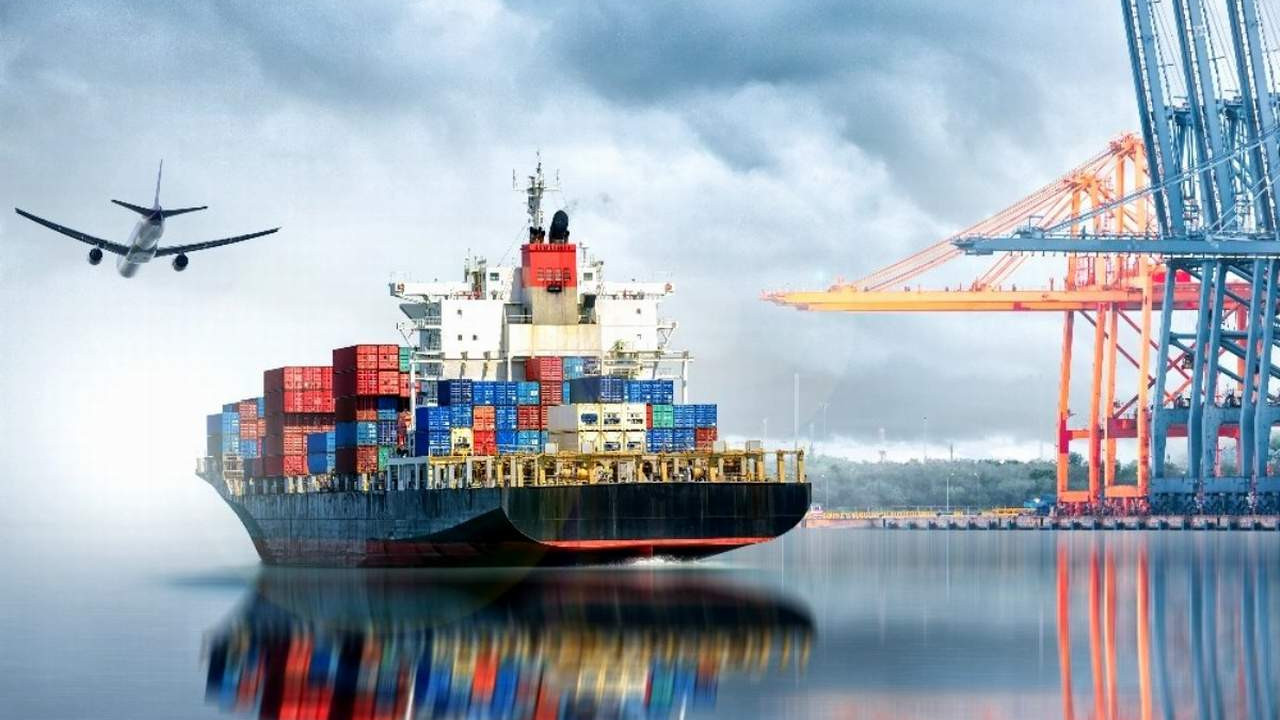
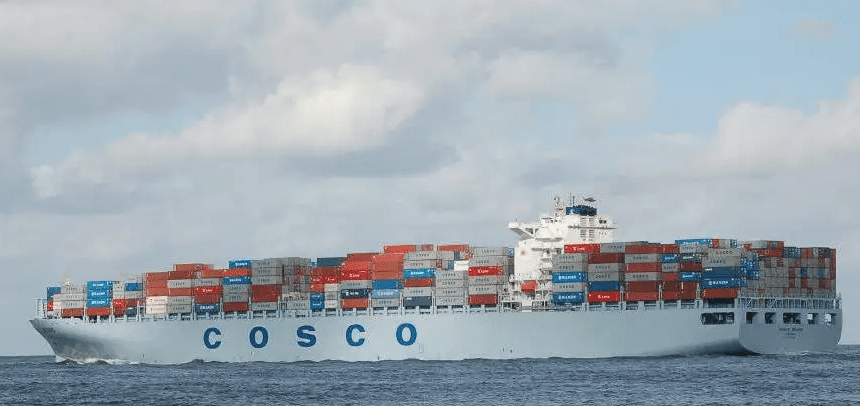
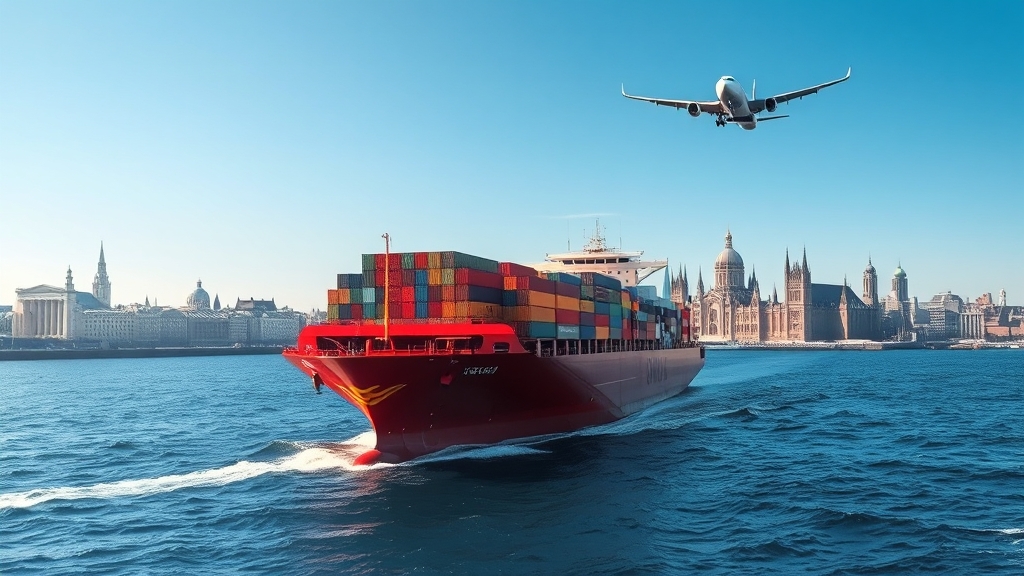

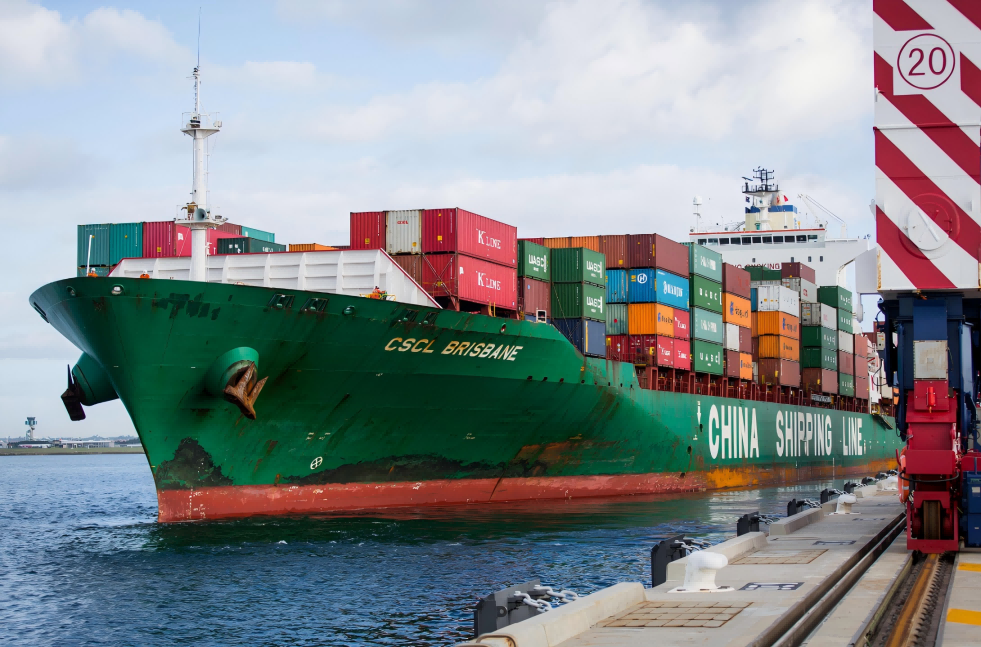





 Afrikaans
Afrikaans Shqip
Shqip አማርኛ
አማርኛ العربية
العربية Հայերեն
Հայերեն Azərbaycan dili
Azərbaycan dili Euskara
Euskara Беларуская мова
Беларуская мова বাংলা
বাংলা Bosanski
Bosanski Български
Български Català
Català Cebuano
Cebuano Chichewa
Chichewa 简体中文
简体中文 繁體中文
繁體中文 Corsu
Corsu Hrvatski
Hrvatski Čeština
Čeština Dansk
Dansk Nederlands
Nederlands English
English Esperanto
Esperanto Eesti
Eesti Filipino
Filipino Suomi
Suomi Français
Français Galego
Galego ქართული
ქართული Deutsch
Deutsch Ελληνικά
Ελληνικά Kreyol ayisyen
Kreyol ayisyen Harshen Hausa
Harshen Hausa Ōlelo Hawaiʻi
Ōlelo Hawaiʻi עִבְרִית
עִבְרִית हिन्दी
हिन्दी Hmong
Hmong Magyar
Magyar Íslenska
Íslenska Igbo
Igbo Bahasa Indonesia
Bahasa Indonesia Gaeilge
Gaeilge Italiano
Italiano 日本語
日本語 Basa Jawa
Basa Jawa ಕನ್ನಡ
ಕನ್ನಡ Қазақ тілі
Қазақ тілі ភាសាខ្មែរ
ភាសាខ្មែរ 한국어
한국어 كوردی
كوردی Кыргызча
Кыргызча ພາສາລາວ
ພາສາລາວ Latin
Latin Latviešu valoda
Latviešu valoda Lietuvių kalba
Lietuvių kalba Lëtzebuergesch
Lëtzebuergesch Македонски јазик
Македонски јазик Malagasy
Malagasy Bahasa Melayu
Bahasa Melayu മലയാളം
മലയാളം Maltese
Maltese Te Reo Māori
Te Reo Māori मराठी
मराठी Монгол
Монгол ဗမာစာ
ဗမာစာ नेपाली
नेपाली Norsk bokmål
Norsk bokmål پښتو
پښتو فارسی
فارسی Polski
Polski Português
Português ਪੰਜਾਬੀ
ਪੰਜਾਬੀ Română
Română Русский
Русский Samoan
Samoan Gàidhlig
Gàidhlig Српски језик
Српски језик Sesotho
Sesotho Shona
Shona سنڌي
سنڌي සිංහල
සිංහල Slovenčina
Slovenčina Slovenščina
Slovenščina Afsoomaali
Afsoomaali Español
Español Basa Sunda
Basa Sunda Kiswahili
Kiswahili Svenska
Svenska Тоҷикӣ
Тоҷикӣ தமிழ்
தமிழ் తెలుగు
తెలుగు ไทย
ไทย Türkçe
Türkçe Українська
Українська اردو
اردو O‘zbekcha
O‘zbekcha Tiếng Việt
Tiếng Việt Cymraeg
Cymraeg יידיש
יידיש Yorùbá
Yorùbá Zulu
Zulu